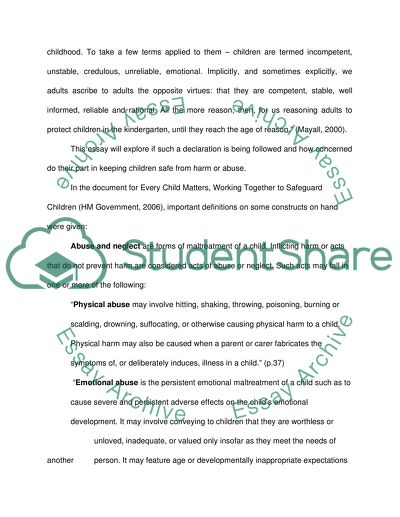Cite this document
(“Sociology Child abuse/ Violence and Family Essay”, n.d.)
Retrieved from https://studentshare.org/environmental-studies/1408079-sociology-child-abuse-violence-and-family
Retrieved from https://studentshare.org/environmental-studies/1408079-sociology-child-abuse-violence-and-family
(Sociology Child Abuse/ Violence and Family Essay)
https://studentshare.org/environmental-studies/1408079-sociology-child-abuse-violence-and-family.
https://studentshare.org/environmental-studies/1408079-sociology-child-abuse-violence-and-family.
“Sociology Child Abuse/ Violence and Family Essay”, n.d. https://studentshare.org/environmental-studies/1408079-sociology-child-abuse-violence-and-family.


